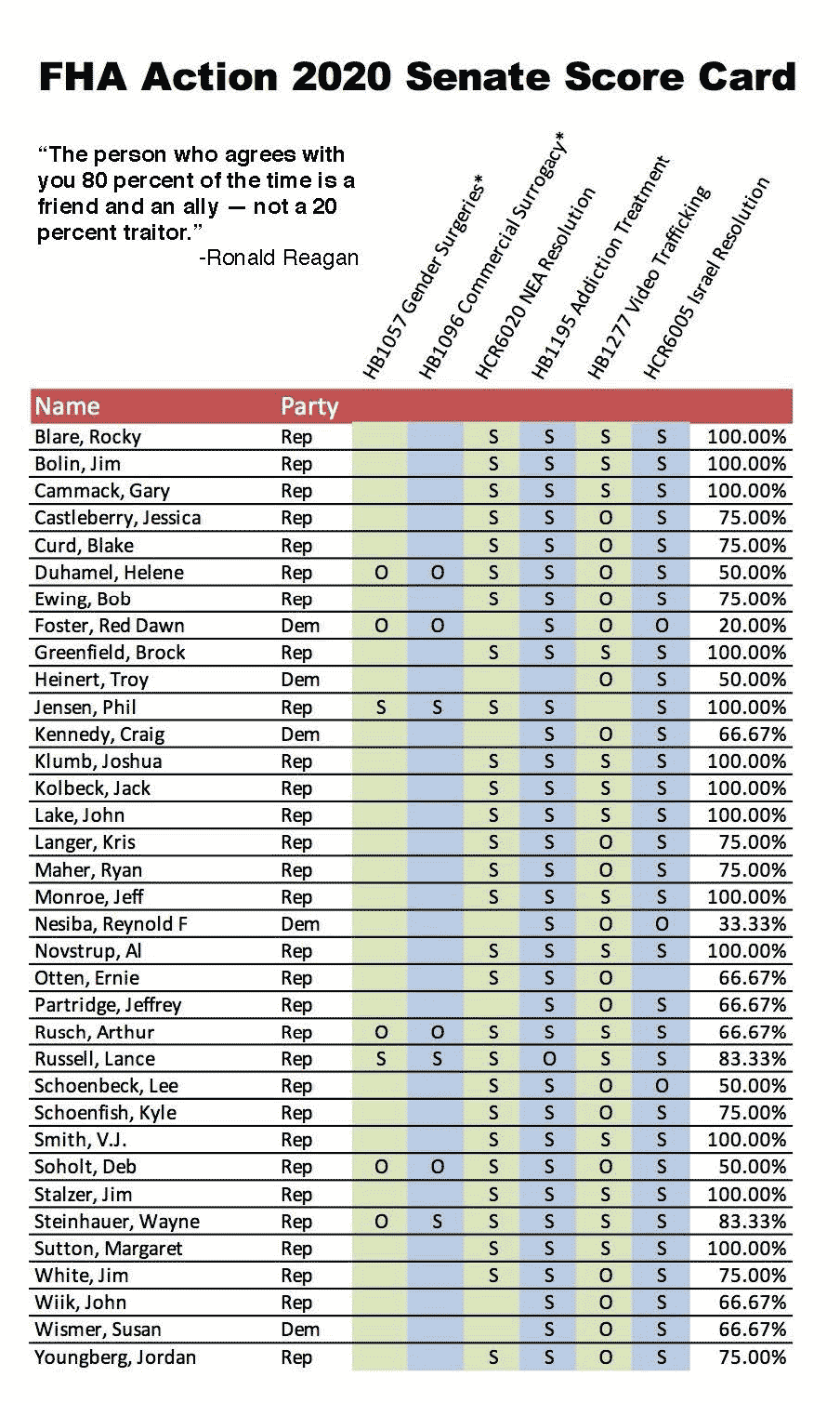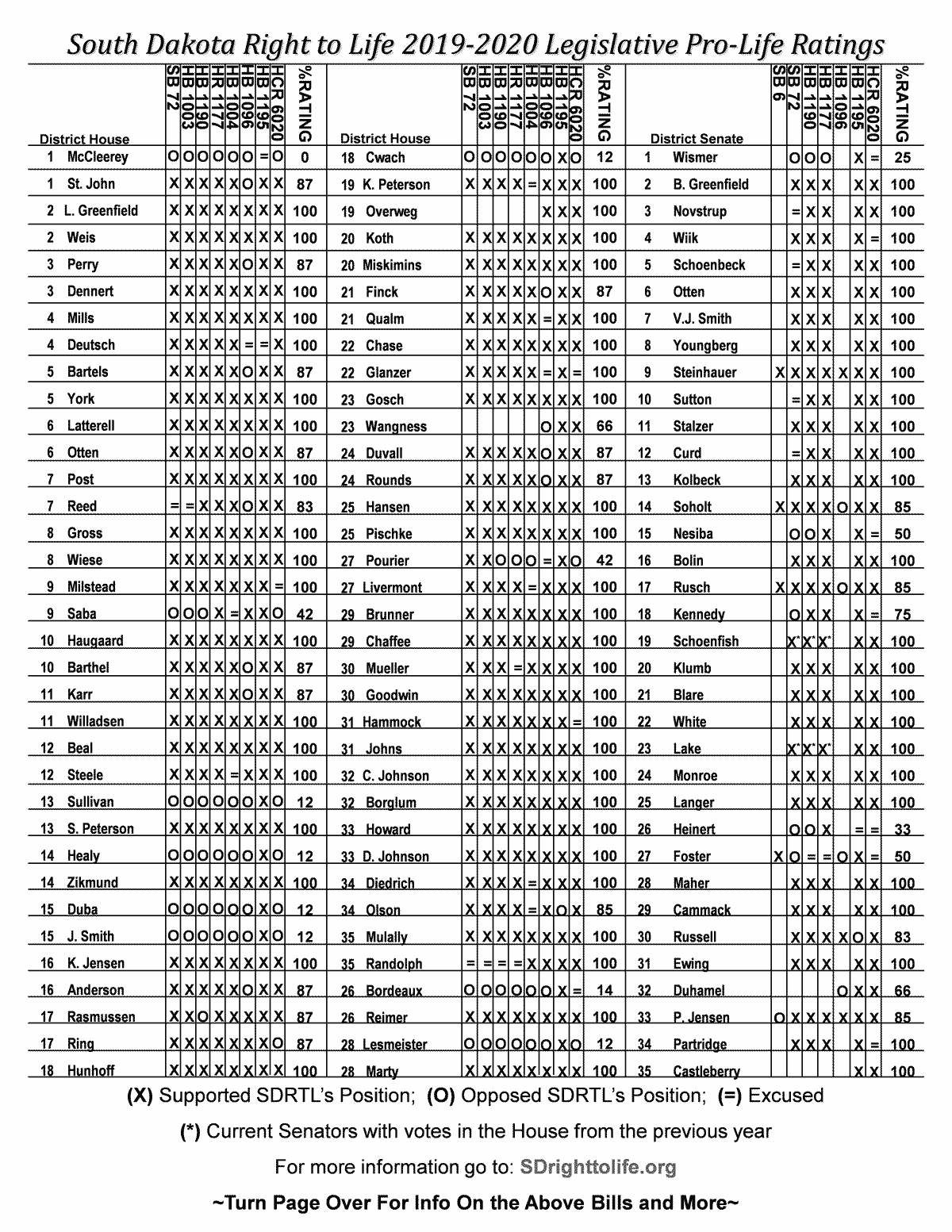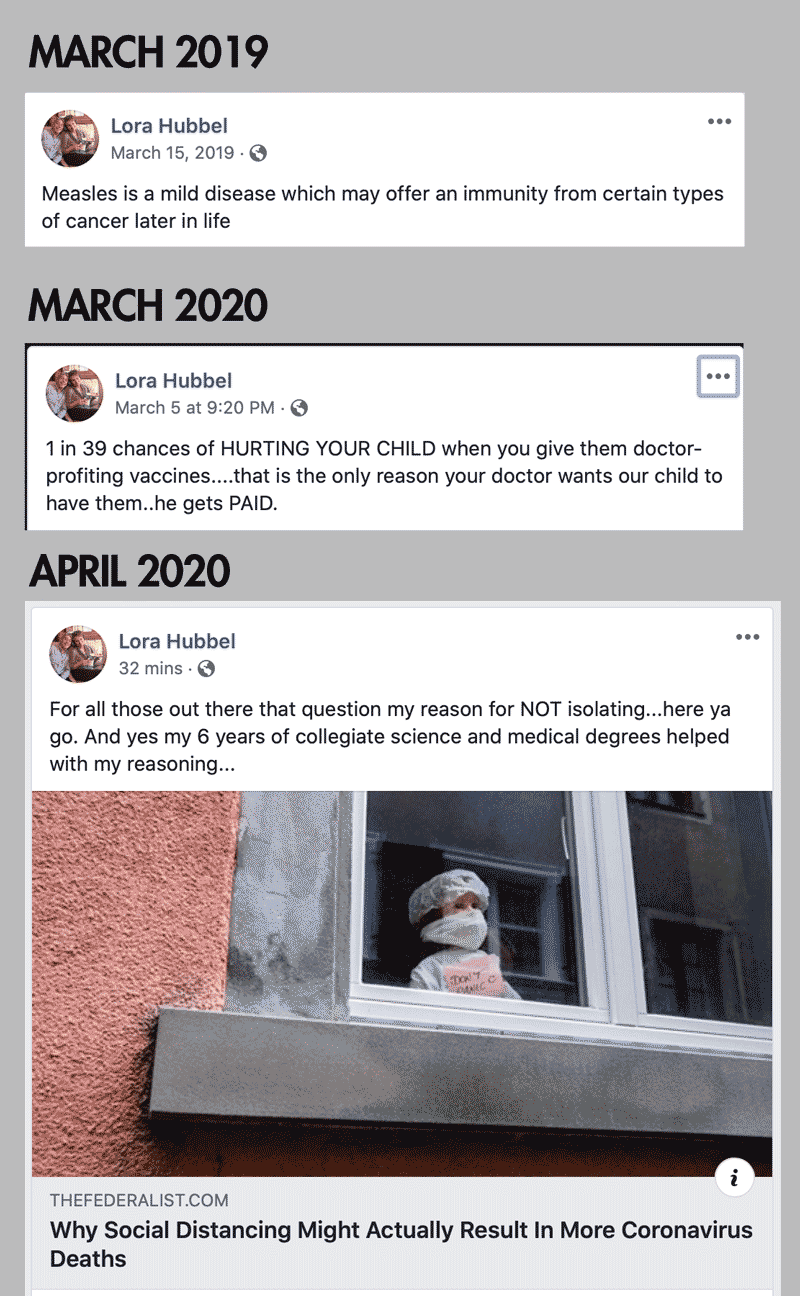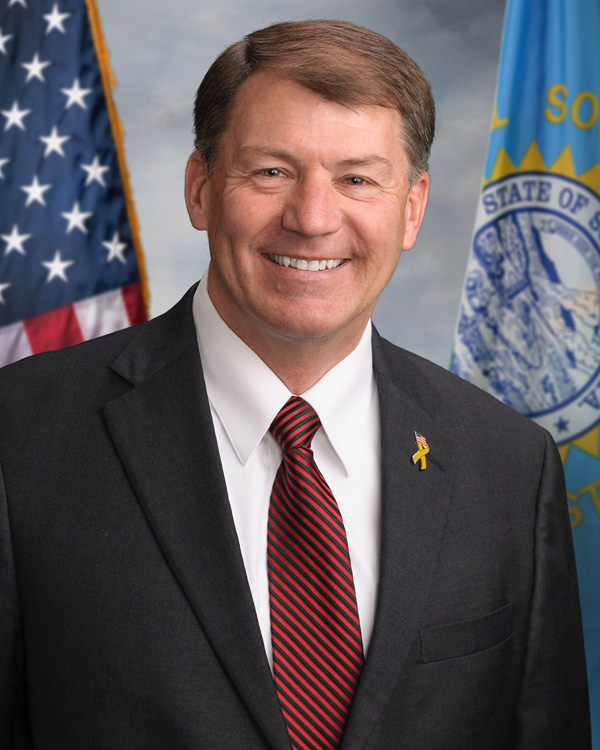

Together, We Can Do This
By Governor Kristi Noem
With the COVID-19 situation continuing to be very fluid in South Dakota, it is important for us to remember that this a marathon, not a sprint. In today’s 24/7 news cycle, the information coming at us on TV or social media can easily overwhelm us.
By now, many of you have heard me say that I’m relying on the science, facts, and data to drive the state’s response to the virus. Our team’s decision-making is guided by the realities on the ground in South Dakota, rather than trying to apply a one-size-fits-all approach.
My role with respect to public safety is something I take very seriously. But it’s also important for us to remember that it’s the people themselves who are primarily responsible for their safety. Under our Constitutions at the state and federal levels, the people have expansive freedoms – they are free to exercise their rights to work, worship, and play – or to stay at home, or to conduct social distancing.
Since the middle of February, I have been very clear that our people need to take their responsibility for personal health and safety seriously – that they should be practicing good public hygiene and social distancing. And, with few exceptions, the people of South Dakota are doing a tremendous job. We have bent the curve a great deal. We have kept our hospital capacity at a manageable level. And we continue to push out our peak infection day far into the future.
This is great news, and we must stay the course.
We must remember that the objective here is not to stop the spread of COVID-19; the science tells us that is not possible. What we are trying to accomplish is to slow the spread, and flatten the curve, so that our people and our healthcare system are not overwhelmed. This will give us more time to develop successful treatments and, hopefully, an effective vaccine.
South Dakota is not New York City, and our sense of personal responsibility, our resiliency, and our already sparse population density put us in a great position to manage the spread of the virus without needing to resort to the kinds of draconian shutdowns adopted by big coastal cities or even other countries.
Jointly, with Department of Health officials as well as officials from each of the three hospital systems (Avera, Monument Health, and Sanford Health), our team has illustrated exactly what our projections look like for the next several months. Now, given the fluidity of the situation, our estimates are dynamic, not static. As the situation on the ground changes, we will continue to be flexible in our response to that new information.
My team has been thoughtful, strategic, and guided by the science, facts and data from what is happening on the ground here, in South Dakota, since January. These new estimates are a guide. We will continue to refine them as we learn more about this virus and it’s impact on our state.
Again, I want to thank the people of South Dakota for doing everything they have thus far. Together, we will get through this.
[To review our current projections for COVID-19 in South Dakota, please visit Covid.SD.Gov .]
##










